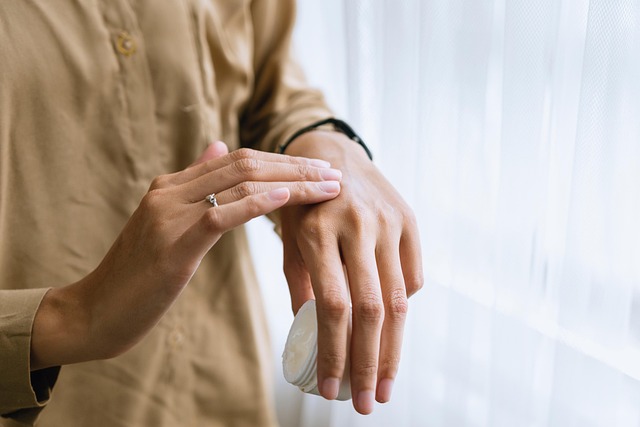Adjusting Speed and Pressure for Consistent Smoothing Results
Achieving consistent smoothing results requires understanding how speed and pressure interact with skin texture and device design. This article explains practical adjustments, safety considerations, and aftercare approaches that support reliable outcomes while reducing the risk of irritation or uneven smoothing.

Achieving smooth, even skin with a foot grinding device depends on more than the hardware alone. Operators and home users must learn to adjust speed and pressure in response to skin thickness, callus location, and how the skin reacts during use. Proper technique reduces hotspots, avoids over-processing, and extends the device’s performance life. These guidelines emphasize gradual adjustments, observation of skin response, and integrating complementary care to maintain healthy skin.
This article is for informational purposes only and should not be considered medical advice. Please consult a qualified healthcare professional for personalized guidance and treatment.
aging and skin response
Aging skin often becomes thinner, less elastic, and may require gentler settings and lighter pressure when smoothing. Older users or those caring for older clients should let the device do the work at a lower speed and make multiple light passes rather than a single heavy pass. If a user has medical conditions or is under a doctor’s care for circulation or neuropathy, check with a doctor before using any abrasive device. Prevention of damage is especially important in mature skin to avoid tearing or delayed healing.
care: technique and setup
Good care starts with a stable setup: sit at a comfortable table height, secure the foot, and ensure steady breathing to maintain control and consistency. Adjust speed to match the task—slower for thick callus edges, moderate for general smoothing. Use even, gliding motions rather than pressing vertically. After each session, follow a routine of gentle cleaning and moisturizing. Sun protection and avoidance of harsh procedures immediately after aggressive smoothing can prevent sensitivity and pigmentation changes.
essential oils and aftercare
Aftercare can include natural moisturizers and, where appropriate, mild essential oils diluted in carrier oils to support skin comfort. A diffuser with calming blends can improve the environment for relaxation during a session but avoid applying undiluted essential oils directly to fresh skin. Essential oils may contribute to perceived energy or relaxation benefits, but they are adjuncts to mechanical treatment rather than replacements for proper technique and care.
indoor plants and recovery environment
Having indoor plants in the workspace can enhance air quality and create a calming atmosphere that supports steady hands and focused technique. Plants and a clean workspace improve perceived energy and reduce stress, which helps maintain consistent pressure and rhythm. Whether in a professional salon or home setup, arrange a clear table space so you can position the foot without awkward bending that might affect the stomach or posture—good posture reduces fatigue and helps maintain consistent performance.
prevention of damage and safe practice
Prevention centers on incremental adjustments: start at lower speeds and light pressure, observe skin reaction, and increase only when safe. Avoid treating inflamed skin, recent procedures, or areas that have undergone unrelated cosmetic procedures like coolsculpting or slimming treatments until fully healed. If the skin shows persistent redness, pain, or unusual signs after treatment, consult a doctor. For some clients, complementary therapies such as a gentle thai massage might help circulation, but coordinate procedures and recovery timing to prevent overloading the skin.
workplace organization and professional standards
In a professional workplace, standard operating procedures should define acceptable speed settings, pressure guidelines, and table ergonomics. Training should cover how to read skin responses and when to pause for reassessment. Maintain hygiene between clients, use appropriate disposable or sanitized attachments, and document any procedures and outcomes so technique can be refined for consistent results. Clear communication with clients about expected sensation and recovery helps set realistic expectations.
Conclusion Consistent smoothing results are achieved by balancing speed and pressure with careful observation, proper technique, and thoughtful aftercare. Integrate considerations like aging skin, workplace setup, and complementary measures such as moisturization and a calm environment to reduce variability. When in doubt about skin conditions or post-procedure timing, consult a qualified healthcare professional to ensure safe and effective care.





